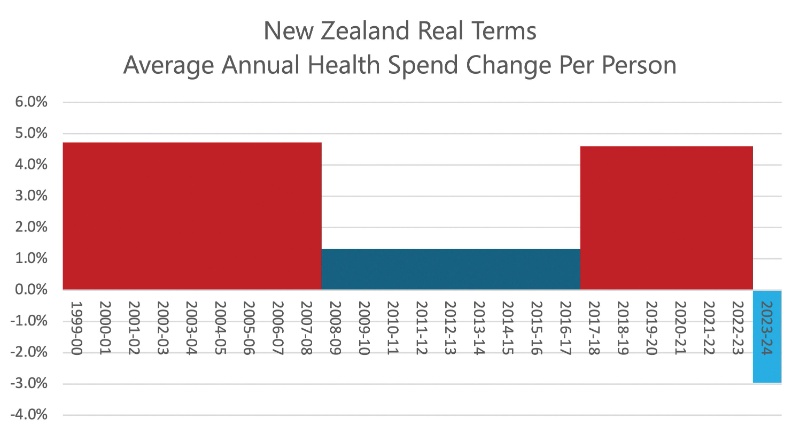Multi-Million-Dollar Exotic Caulerpa Control Tool Projects Underway
Hon Andrew
Hoggard
Minister for Biosecurity
Big strides are being taken in the development of new technology to control the invasive exotic caulerpa seaweed, says Biosecurity Minister Andrew Hoggard.
“A $10 million funding injection last year helped drive improvements to technology and getting new tools in the water. Today I’m happy to detail three exciting projects that have been funded.
“These new projects focus on methods that showed progress in an earlier phase of work.”
Northland Regional Council has been awarded the largest contract, with $6.2 million to progress its large-scale mechanical suction dredging technique.
“We know from the first phase of the accelerated programme that this method can remove exotic caulerpa from sandy areas of the seafloor, and now we’re looking to increase its effectiveness.
“The project team is developing a new tool called a ‘submersible dredge planer’ which will operate remotely on the seafloor, rather than from a barge, and will remove caulerpa in a single pass.
“The new system will include a dredge head, pumping arrangement, GPS positioning system, dredge spoil processing plant, and disposal system.”
The second project, receiving $2 million in funding, is to develop an ultra-violet light (UV-C) irradiation tool to kill the pest seaweed.
“This contract has been awarded to Advanced Aquarium Tech who aim to create a cost-effective option to treat exotic invasive caulerpa without needing to deploy SCUBA divers.
“It will require minimal labour, operate off a small vessel, and be able to be used at any depth of water from intertidal zones to 40m depth.”
The third project, with $1.9 million funding, is a special underwater treatment ‘chamber’ with a frame which covers the area of caulerpa being treated and has curtains to contain chlorine within the specific treatment area.
“This chlorine treatment chamber, being developed by Commercial Dive Specialists, will be able to hover over the seabed and pass over rocks and other obstacles without getting stuck.”
Exotic caulerpa has been found in nine different locations in the upper North Island over the past three years, and since its initial discovery at Aotea Great Barrier Island, a significant work programme has been underway to understand and contain it, while investigating potential management tools.
“No other country has come up with a feasible solution to this pest, but we’re determined to explore every option for future control – particularly methods to remove small, localised infestations or help suppress large areas.”


 Gordon Campbell: On The Americanising Of NZ’s Public Health System
Gordon Campbell: On The Americanising Of NZ’s Public Health System Grace Tinetali-Fiavaai, RNZ: Widow Of Fa'anānā Efeso Collins Seeks Inquiry Into His Death - 'Unanswered Questions'
Grace Tinetali-Fiavaai, RNZ: Widow Of Fa'anānā Efeso Collins Seeks Inquiry Into His Death - 'Unanswered Questions' Te Pāti Māori: Te Pāti Māori Call For Mandatory Police Body Cameras
Te Pāti Māori: Te Pāti Māori Call For Mandatory Police Body Cameras NZ First Party: NZ First Introduces the “Conscience Acts Referendums Bill”
NZ First Party: NZ First Introduces the “Conscience Acts Referendums Bill” NZ Government: Unlocking Data To Increase Competition And Choice
NZ Government: Unlocking Data To Increase Competition And Choice Lawyers for Climate Action: National MP’s Bill Raises Environmental And Constitutional Concerns
Lawyers for Climate Action: National MP’s Bill Raises Environmental And Constitutional Concerns LGNZ: Strong Community Voice Vital For RMA Reforms
LGNZ: Strong Community Voice Vital For RMA Reforms


